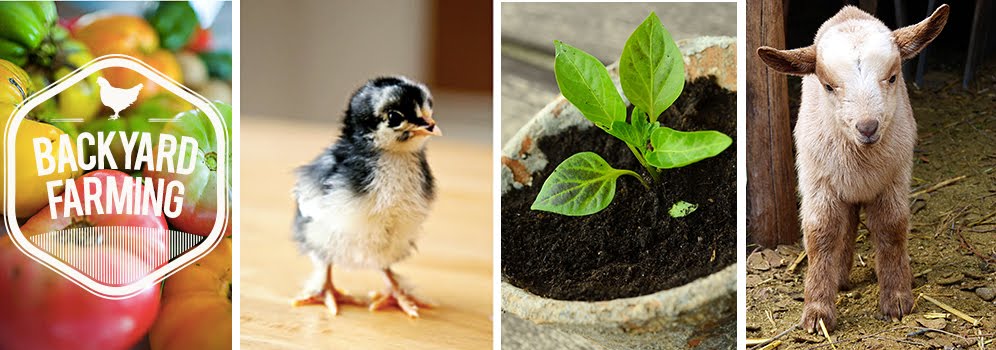When we gardeners start seeds in pots and trays the goal is always to graduate those wee sprouts to the great outdoors. Sometimes the journey requires a bit of middle ground, when seedlings are too big for their first vessel, but the time is not yet right (whether due to temperature, delayed ground preparation, storms or other facts) to transplant to their final home.
Follow these tips to successfully repot seedlings:
• Wait until a seedling has a set of "true leaves." You'll notice that the pair of leaves which first emerges from a seed often has different characteristics in shape from the leaves that follow. For example, the first leaves from a tomato seed are slender ovals without any of the scalloped edges of later leaves. The second pair of leaves will be the true leaves. By the time a seedling produces these it is sturdy enough and has a root structure that can withstand repotting.
• Handle a seedling by the leaves, not the stem. If a leaf breaks off during transplant the seedling can grow another. If the stem breaks ... bye, bye.
• Moisten soil thoroughly in the original container and in second pot before you transplant.
• Turn first pot over in your hand to gently remove the soil plug. With a pencil or other slender tool probe around the seedling to separate it and its roots from the other plants. If there are many seedlings in one cell, as with this chunk of alyssum, start from the outer edges.

• Prepare a hole in second container to accept the seedling. (Pencil works well here, too.)
• Still holding the seedling by a leaf, deposit it into the hole and with pencil carefully bring dirt next to the stem.
• Keep transplants in steady conditions for the next couple of days -- keep soil consistently moist and don't subject them to extreme temperature or light changes.
I purposely sowed the tiny pepper-grain alyssum seeds close together knowing I would separate them into individual cells after sprouting. Other times you get extra sprouts unexpectedly when you thought you planted just one seed. Now, just because you have two (or more) seeds growing in a space doesn't mean you have to keep them all! It may be more appropriate to use another desk tool -- scissors -- and cut one seedling at the ground so the other can thrive.
Here's a look at two tomato sets I treated differently:
1. I could have done my pencil method to easily separate these first tomato seedlings a couple of weeks ago with no concern about roots, but I didn't get around to it. (The story of my life!) Because of decent stem spacing I decided to see if I could slowly, gently pry the root balls apart. This worked. I placed each in a new pot and backfilled soil around the roots.

2. This is the second set. Two tomatoes are ahead in age, with a third smaller sprout right next to them. Seedlings so close in space like these will also have roots inextricably bound. In such cases it's better to use scissors to nip all but the most robust start. Cut your losses instead of risking damage to all.
Finally, here's my "duh!" moment. Do you know how many years I've filled seed pony packs and then patted down the dirt with a spoon or ice cream scoop (for reals!) or trowel or fingers, always making a huge mess? Well, that's a silly question; even I don't know how many years. But from now I will simply press down on another seed container when filling my trays. "Duh" indeed.






































